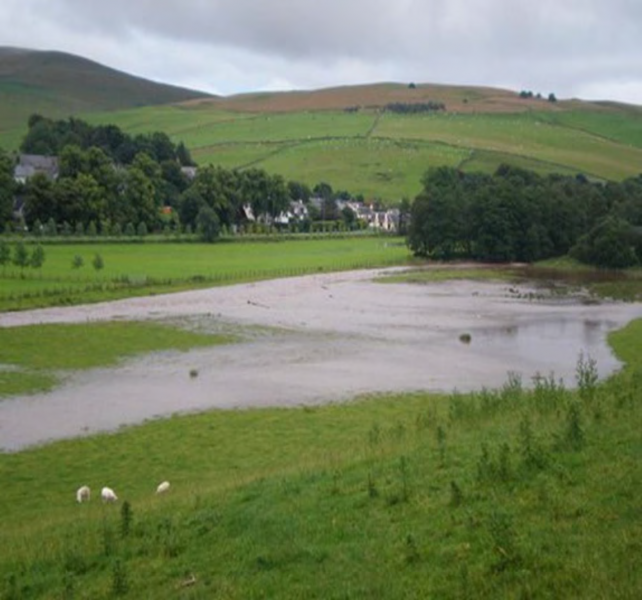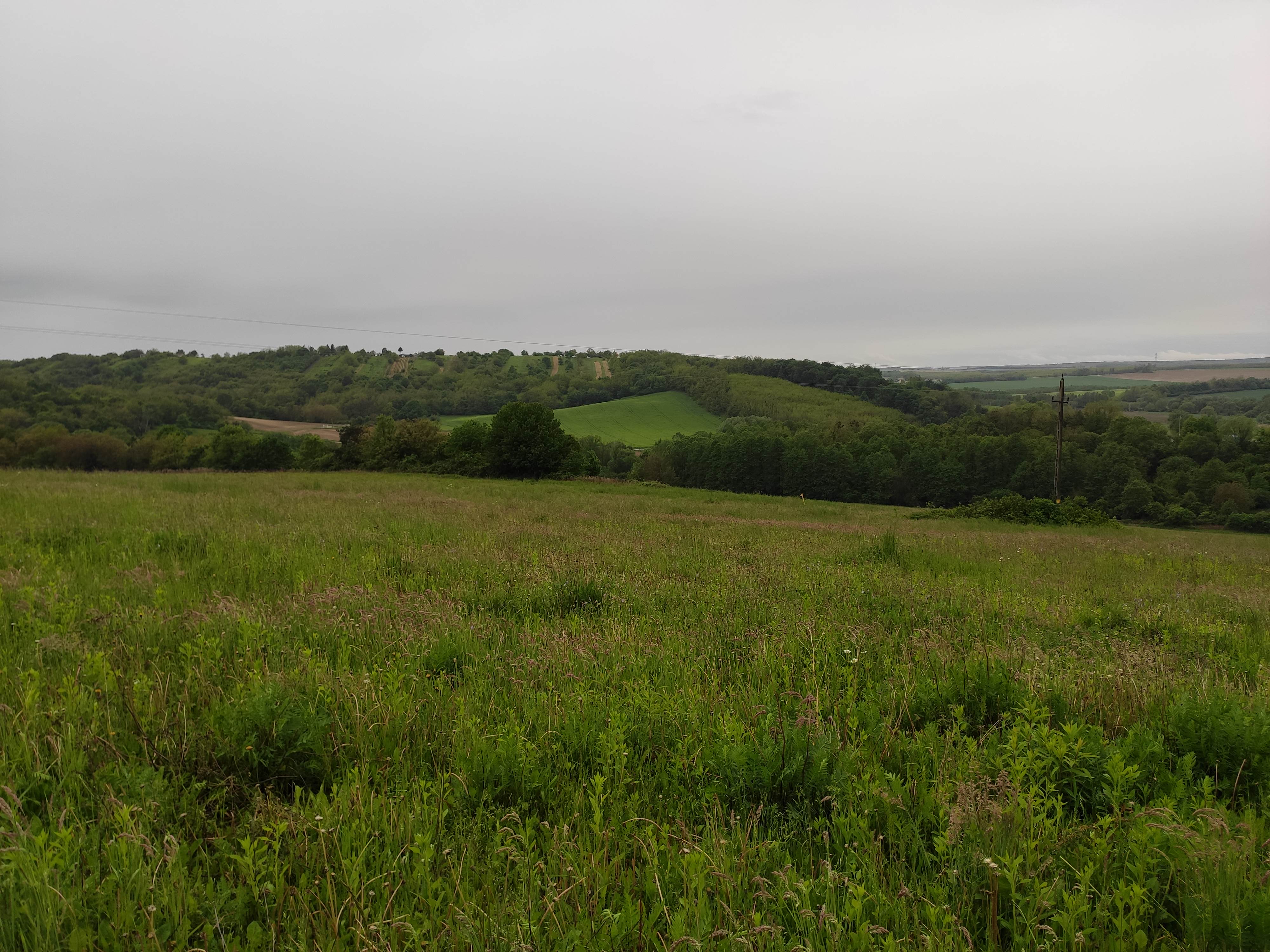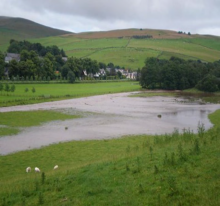- Grasslands
- Pasturelands
- Water meadows
- Wet meadows
More than 30% of agricultural areas in the EU – some 50 million hectares – is covered by permanent grasslands. Meadows are areas or fields whose main vegetation is grass, or other non-woody plants, used for mowing and haying. Pastures are grassed or wooded areas, moorland or heathland, generally used for grazing. Due to their rooted soils and their permanent cover, meadows and pastures create ideal conditions for water uptake and storage during temporary floods while also slowing runoff. They also protect water quality by trapping sediments and assimilating nutrients. Their continuous vegetation cover reduces surface water flow, enhancing soil infiltration and significantly lowering erosion rates compared to arable land.The measure offers the potential for temporary flood storage, increased water retention in the landscape and runoff attenuation. These landscapes also improve groundwater storage, attenuating floods, and stabilizing water tables, thereby strengthening water retention and overall landscape resilience.

Flooded meadow, Scotland (UK)
Source: Chris Spray’s presentation, NWRM Workshop 1 (Scotland)

Pasture (HU)
Source: Brigitta Szabó, WOCAT
